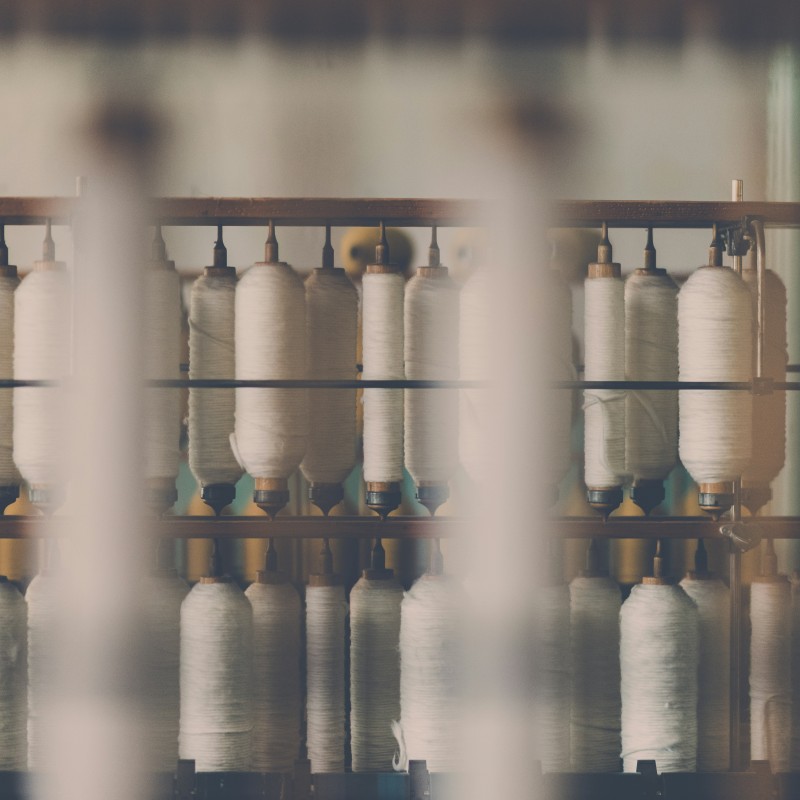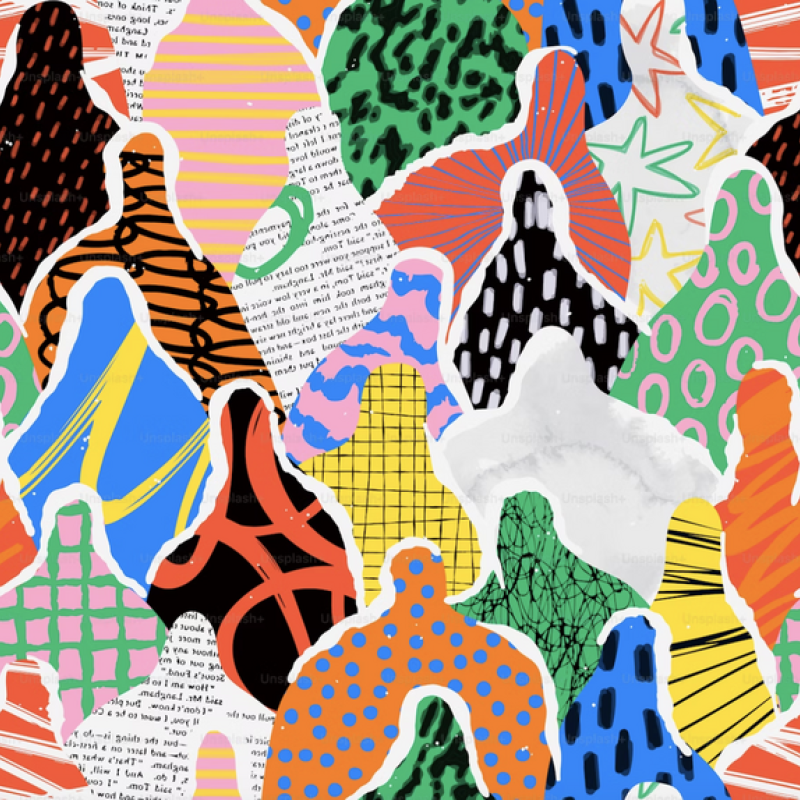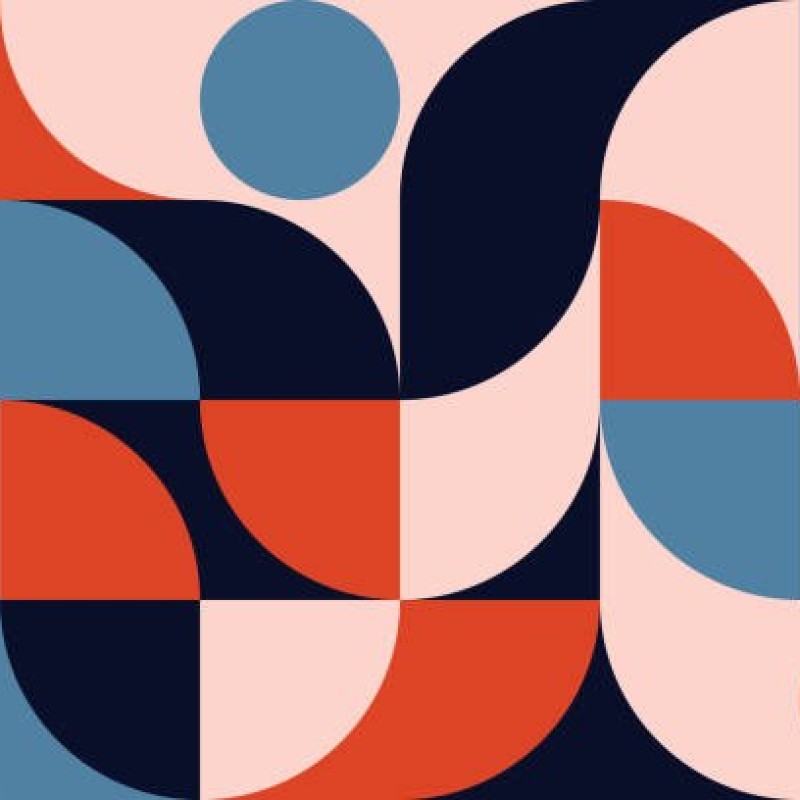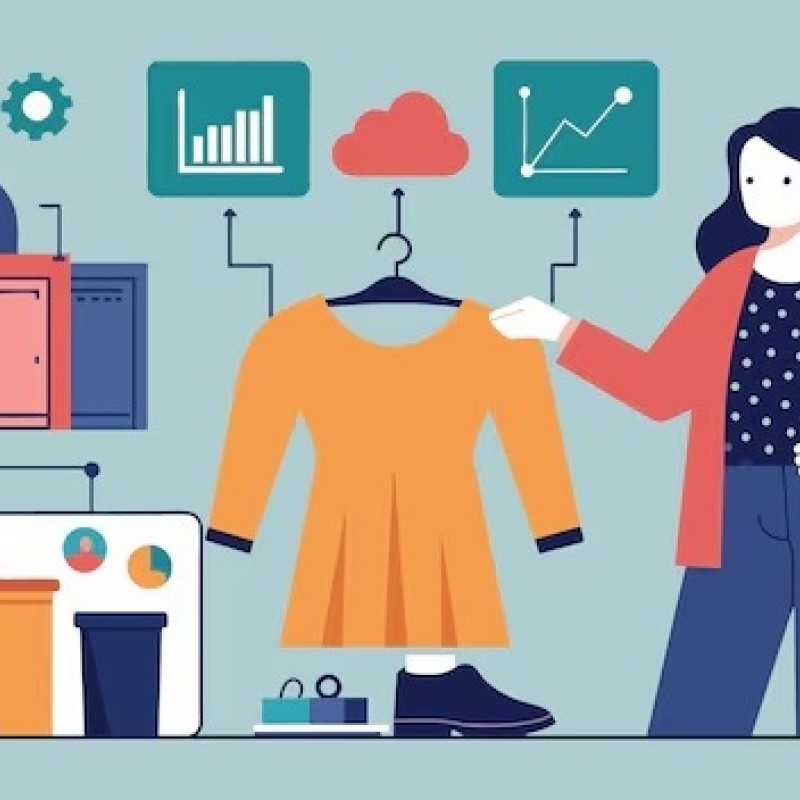The fashion world revolves around creativity and unique expression, so using artificial intelligence (AI) in fashion might seem counterintuitive. After all, algorithms and machine learning don’t appear to have much in common with runway shows and imaginative design processes.
But, fashion has always been a frontrunner in innovation, so it’s no surprise that these two seemingly disparate worlds are intertwined. And given that AI is expected to add $15.7 trillion to the global economy by 2030, AI and the fashion industry will likely become even more integrated.
This article explores the uses of AI in fashion, the brands getting involved, and the benefits and challenges for the future.
AI refers to programs and algorithms that perform tasks by simulating human intelligence. This technology allows machines and computer systems to complete some activities that humans can do, except much faster and with fewer errors.
Through machine learning, natural language processing and complicated data analysis, AI-powered programs can evaluate information and make decisions or predictions. And like humans, some AI systems learn from experience and improve over time based on the data they process.
In fashion, AI is quickly transforming the way businesses operate, from design to manufacturing to sales. The following list describes some of the most notable uses of AI in fashion, although there are many, many more.
Designers spend a lot of time analysing emerging trends and considering factors such as colour, texture, shape and weight – and AI can do some of that work for them. Generative AI programs create countless variations based on specified parameters, and algorithms can identify which fabrics, materials and trends are best for certain designs. These almost-instantaneous options save designers a lot of time.
AI is already being used in fashion design education and practice. For example, the London College of Fashion offers a course on using algorithms to create AI fashion design, and the first ever AI Fashion Week is happening in April 2023. The use of digital fashion and NFTs also skyrocketed in 2022, and many major fashion brands are already integrating AI and NFTs.
Other labour-intensive processes are also aided by AI. Patternmakers can use AI algorithms to generate and grade patterns and assess fit and comfort automatically. And customers can use AI to create products to fit their exact body measurements and style preferences. These processes streamline patternmaking, reducing time and costs and minimising waste by improving fit.
AI algorithms can also detect errors in patterns, such as overlapping seams, incorrect measurements and other issues. This can ensure that patterns are accurate and that garments are produced at high standards of quality.
Fashion brands are using AI to analyse consumer data, such as purchase history, demographics and preferences. By using recommendation engines employing AI algorithms, companies can create personalised marketing campaigns and product recommendations. This not only helps customers find relevant products but also increases sales for fashion brands.
Regarding pricing, companies use AI algorithms to optimise prices based on a range of factors, including customer behaviour, inventory levels and competitor prices. This maximises revenue and profitability while still offering competitive prices to customers.
Other prominent examples of AI in fashion are virtual shopping assistants, chatbots and visual searches. This technology – like the AI fashion assistant just launched by Zalando – helps customers find products quickly and easily by analysing images and identifying similar products.
Virtual styling allows customers to see how different items of clothing and accessories look together, and augmented and virtual reality immerse customers in the shopping experience and make it easier for them to make purchasing decisions.
Sustainability has become an important topic in fashion, and AI is playing a significant role in helping brands become more environmentally friendly. AI can optimise production processes to reduce waste – for example, AI-powered algorithms can tell companies how to enhance material usage, lower energy consumption and change schedules to remove inefficiencies.
AI is also being used to improve supply chain transparency, a key factor in sustainable fashion. By using blockchain technology and other AI-powered tools, fashion companies can track their products from production to sale, ensuring they are ethically produced and sourced.
In production, AI is being used in the form of robots that cut fabric and sew garments, reducing human exploitation and increasing efficiency. These intelligent robots can do jobs that are too repetitive or unsafe for humans, which improves safety and reduces costs.
AI algorithms are also transforming the manufacturing process by optimising production lines and reducing waste. In addition, AI can predict demand for specific products and adjust production schedules to minimise over- and under-production.
Modelling is also being impacted by AI technology. Some companies are creating digital models for commercial use, including well-known AI fashion model Shudu. What’s more, AI-powered body scanners can measure a person’s body precisely and make 3D models, affecting the industry for fit models. Designers are also using machine learning and other AI aspects to create AI fashion, which including generating virtual models.
This popular brand uses AI in several ways: to offer personalised recommendations, manage inventory, improve sustainability, enhance shopping experiences and generate design ideas. Notably, Tommy Hilfiger just hosted an AI design competition in Decentraland’s second Metaverse Fashion Week, and the winners’ creations will be available as NFTs and Decentraland wearables.
This top sports brand is on the forefront of technology. It has used AI to improve shipping and automate the supply chain, resulting in the ability to ship custom-designed shoes to customers in about 24 hours. Adidas also uses AI to achieve high levels of personalisation and engagement and automate customer service. Regarding AI fashion, the company also uses AI technology to develop 3D designs, create avatars to promote products and generate digital apparel.
In a controversial move, Levi’s has just announced its plan to use AI-generated models through a partnership with Lalaland.ai. In an effort to enhance diversity and inclusion, the brand wants to create models that improve representation across ages, skin tones and body types, although Levi Strauss clarifies that they do not plan to use AI models as their primary solution for this initiative.
This top fashion house also uses virtual models in its Virtual Army campaign, and it is also involved with producing NFTs and virtual showrooms. Olivier Rousteing is known to be one of the most technologically progressive creative directors in the industry, and plans exist for the Balmain brand to continue to pursue AI initiatives.
Working with Microsoft, this luxury menswear brand recently launched an updated version of its ZegnaX system, which uses AI to personalise shopping, offer 360-degree views of clothing combinations and allow customers to order bespoke items. Zegna also uses AI for data analytics and customer resource management, and the company plans to continue exploring ways to integrate fashion and AI.

Alt text: Fashion AI
Using AI in fashion offers significant benefits, but it also presents major drawbacks. It’s important for fashion brands and key industry stakeholders to weigh the risks and benefits to ensure that AI is used in a responsible and ethical way. As this technology improves and becomes more integrated into daily life, it’ll be necessary to address problems and minimise negative impacts.
Efficiency: The most evident and profound advantages are speed and efficiency. AI can reduce time-consuming and dangerous labour, like the kind involved in cutting and sewing. It also helps with highly complicated tasks, such as supply chain management. These AI solutions have been shown to significantly reduce the time and effort required to create new products and improve accuracy and quality.
Personalisation: Incorporating AI in fashion improves product personalisation and customisation, which benefits both customers and companies. Consumer needs are met more effectively, and sales and satisfaction increase.
Sustainability: Perhaps the most important benefit is increased sustainability. AI algorithms that optimise inventory, predict demand and streamline supply chain operations result in less waste. This outcome happens because less raw material is used, fewer items are produced and the environmental impact of manufacturing and transport is minimised.
Prediction: AI algorithms are useful in helping retailers analyse data and predict trends so that they can make more informed decisions. By reviewing huge amounts of data quickly and accurately, AI can help companies improve inventory stocks, know when to offer discounts, how to make smart investments and more.
Unoriginality: In a field that requires high levels of creativity and innovation, people are worried that involving AI in fashion will limit creativity. It’s possible that the overuse of AI systems will lead to a lack of originality and cause ideas to be recycled, although some say that this fear is not a concern as long as humans remained involved in design.
Bias: If algorithms are not designed correctly, they tend to perpetuate existing inequalities. For example, HR hiring toolscan reduce workload by automating recruiting and hiring processes, but they have been shown to incorporate biases, reducing the representation of certain genders and ethnicities and causing discriminatory outcomes. These algorithms learn from biases in the data, so they repeat or even amplify these patterns. Given the importance of diversity and inclusion in fashion, it is crucial to solve this problem.
Privacy: AI needs vast amounts of data input to function and improve. People are concerned about where that data comes from, whether it’s personally identifiable and how security breaches might compromise personal information. It’s important for fashion brands to ensure that they collect and use customer data in a responsible and ethical manner.
Job displacement: The use of automation and AI in the fashion industry could make many fashion roles vulnerable, such as marketing, patternmaking, data entry, customer service, production and even modelling and design. Although it’s likely that the potential exists for new job creation, no one is sure yet how profound this change will be.
Cost: AI technology can be expensive to develop and implement, and small fashion brands may not have the resources to invest in this technology. It’s also complicated and time-consuming and expensive to gain full expertise in AI and the fashion industry, so many businesses are likely to lack the knowledge and resources to use it effectively. This could create a divide that makes it harder for emerging talent to compete, causing inequalities to grow.
Despite the complicated balance between the pros and cons of using AI in fashion, many stakeholders are excited about how AI can improve the industry and engage consumers. As AI technologies continue to improve and become more accessible, we can expect to see widespread adoption of these technologies across the industry.
If you’d like to read more about emerging technology and trends in the fashion industry, see here:
https://beyondtalentrecruitment.com/blog/vegan-fashion
https://beyondtalentrecruitment.com/blog/plastic-fashion
https://beyondtalentrecruitment.com/blog/nft-fashion
https://beyondtalentrecruitment.com/blog/circular-fashion
https://beyondtalentrecruitment.com/blog/artificial-intelligence-in-fashion





Beyond Talent
Fashion Recruitment Agency
Specialising in Senior and Executive recruitment for the luxury fashion, lifestyle and beauty industries worldwide.
Head Office Address
20-22 Wenlock Road, London, N1 7GU
Contact Us